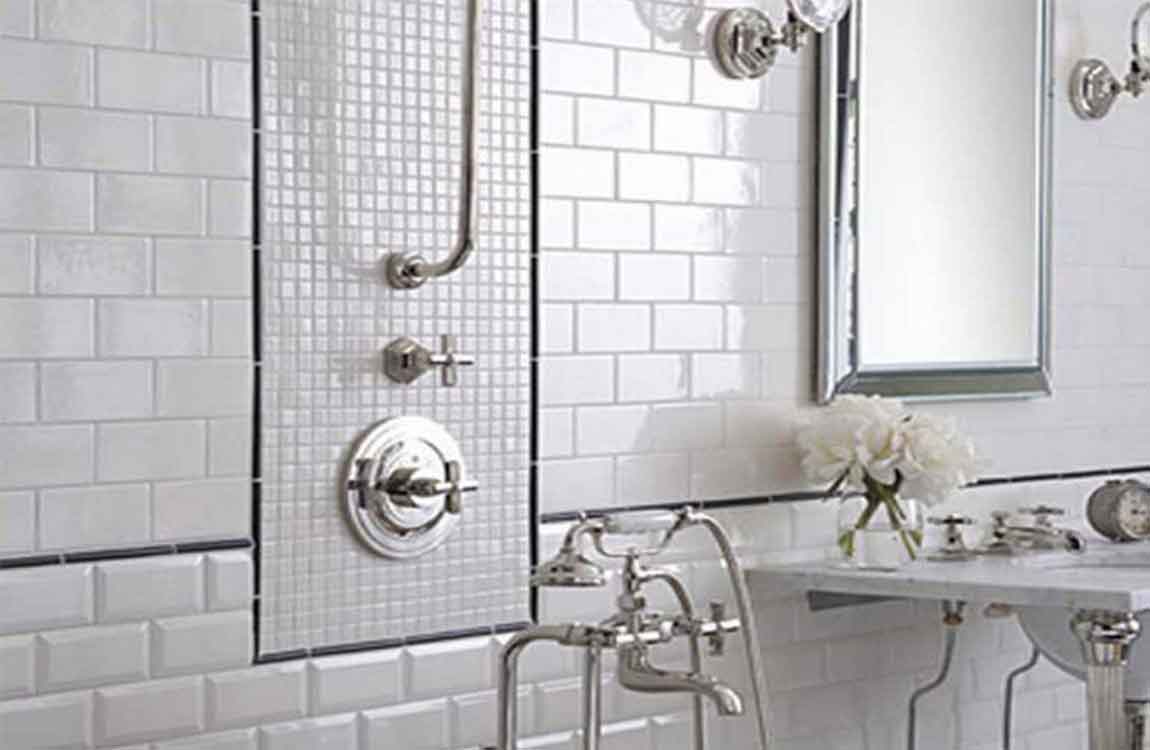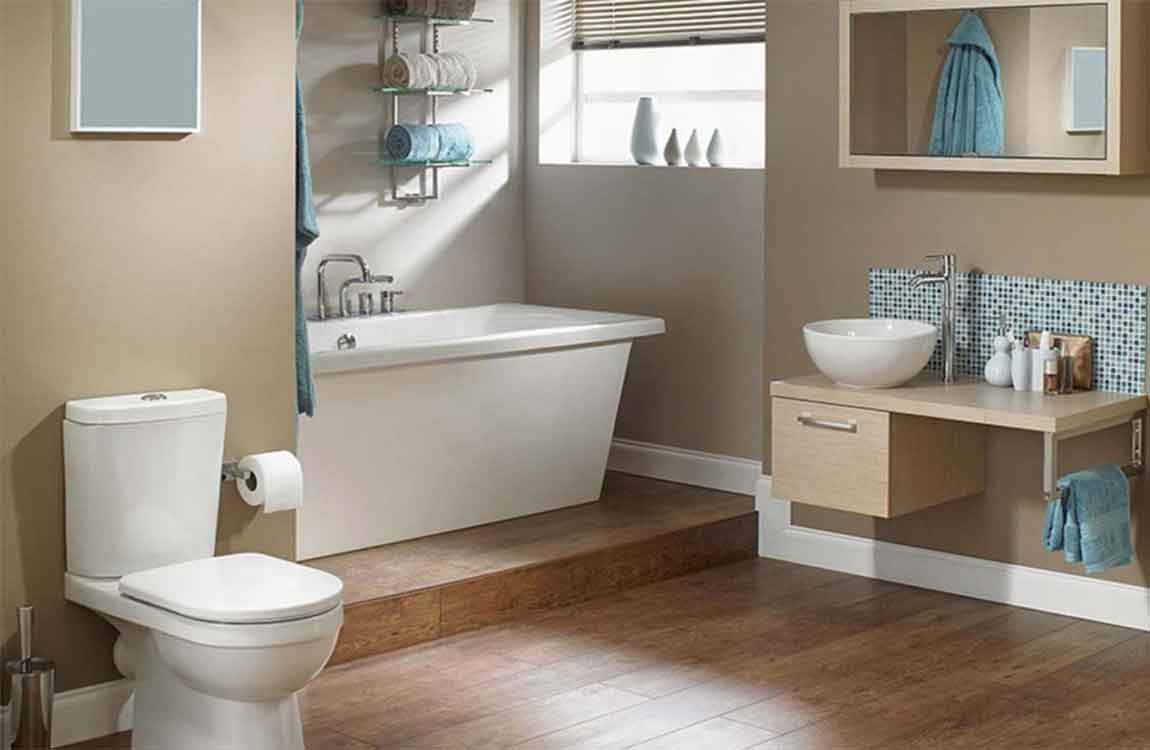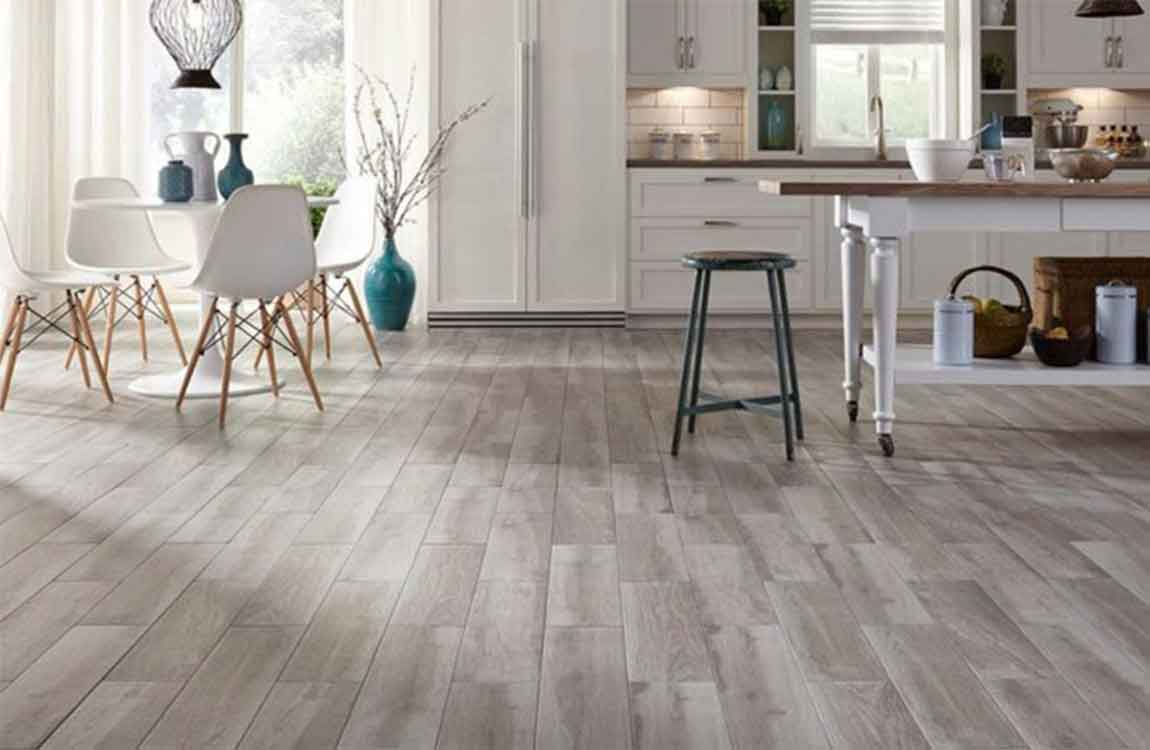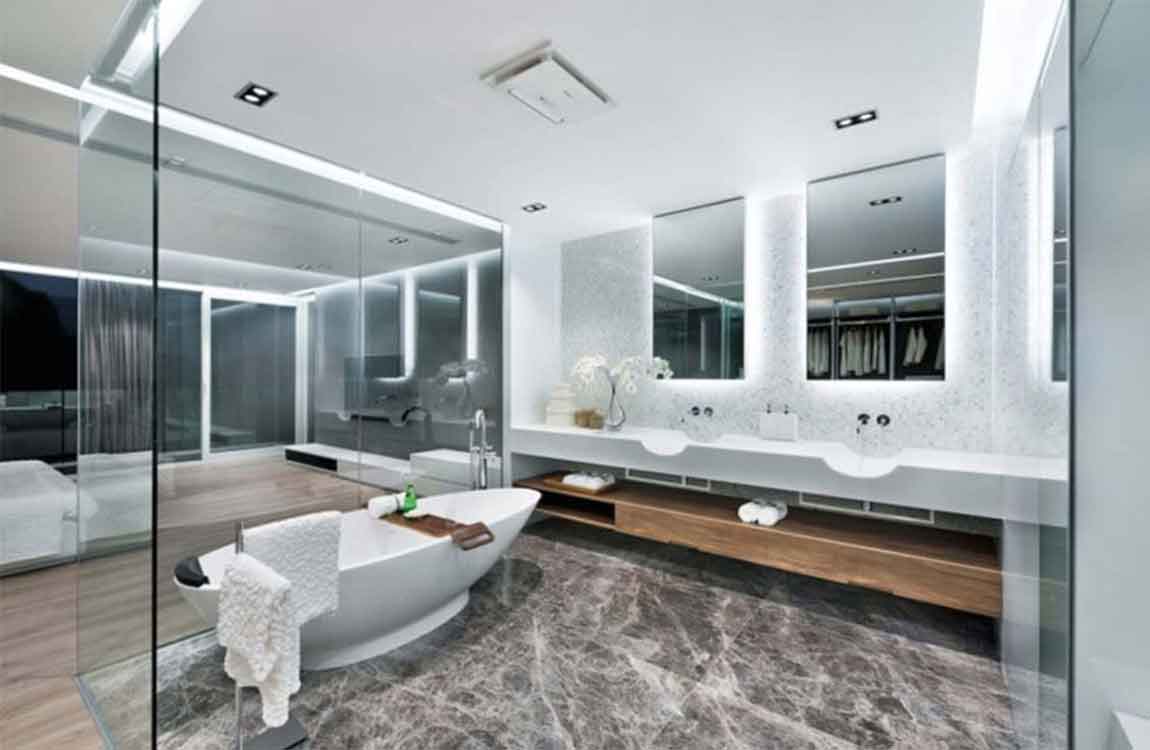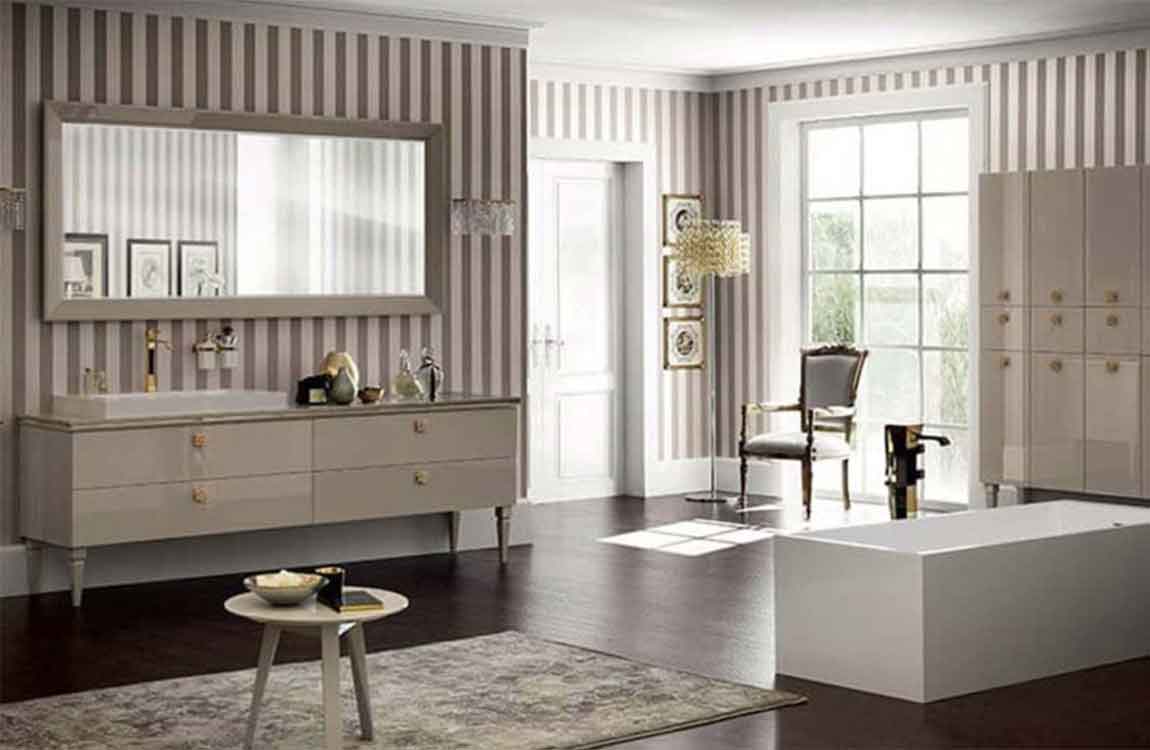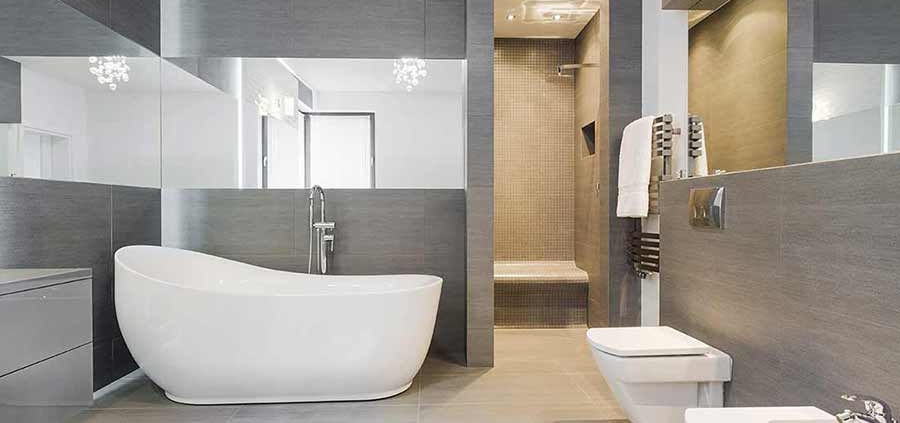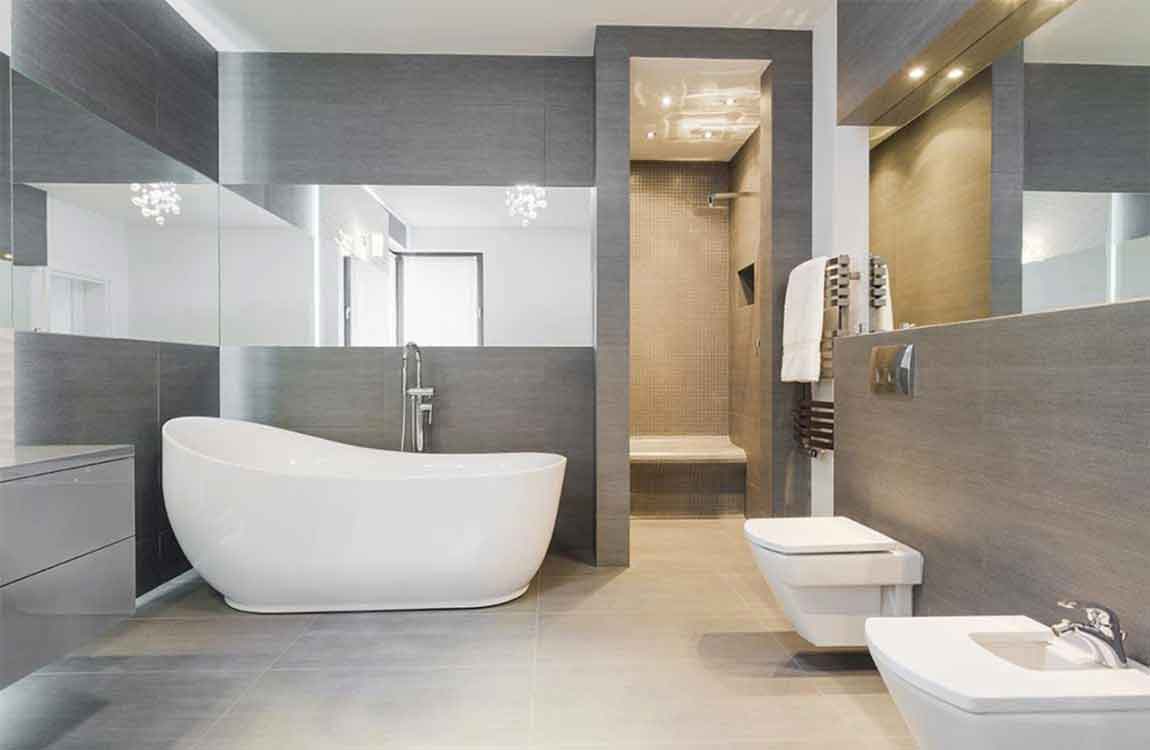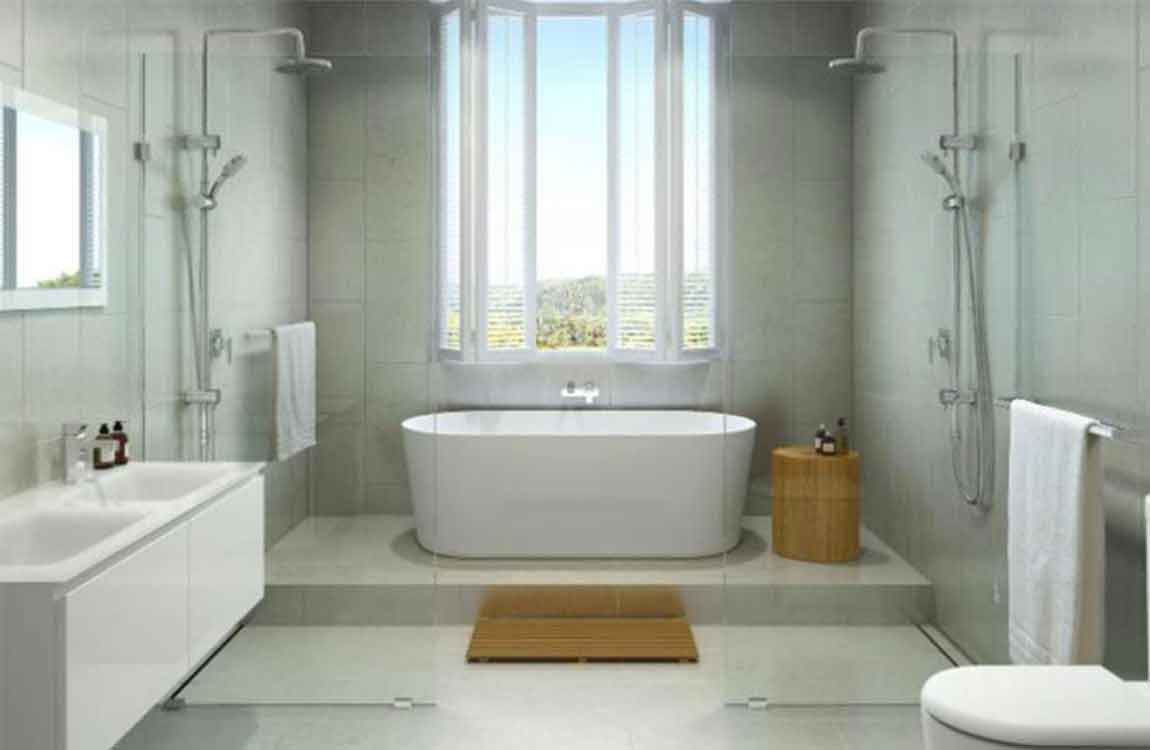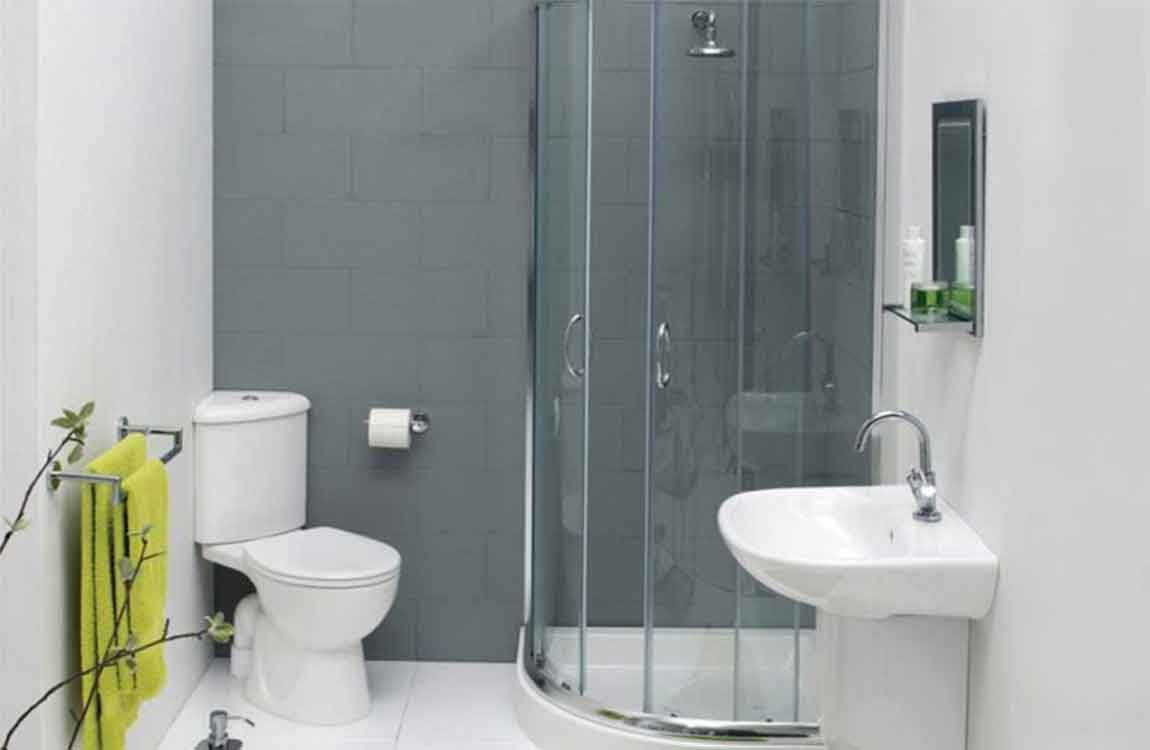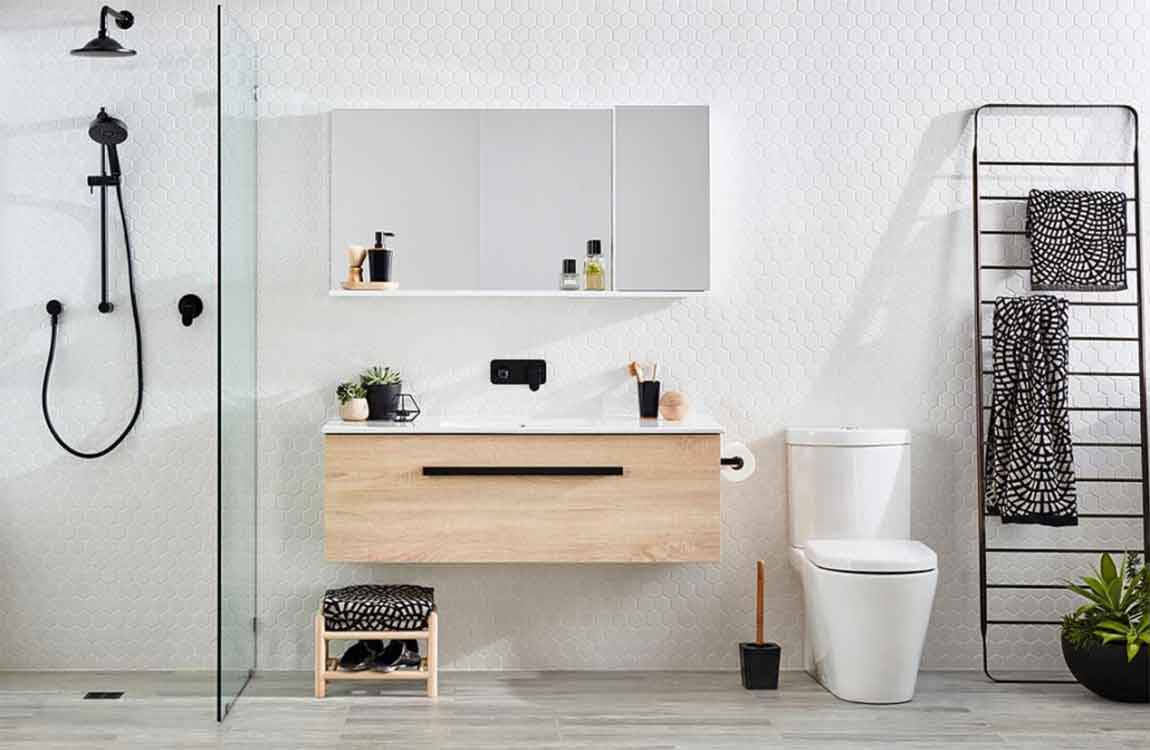What Should We Do Before Replace a Bathroom Faucet?
A new faucet is a great way to update your bathroom and give it a whole new look. Whether you are renovating the bathroom or need to replace an old or leaky faucet, this is a relatively simple DIY project that you can accomplish in a few hours. The important thing is to get a faucet that fits your sink, so you should remove the original faucet before purchasing a replacement.
Gather your tools and supplies. Replacing a bathroom faucet is a straightforward job, but it does require a few tools that you’ll need to remove the old faucet and install the new one. The tools you’ll need include: Adjustable wrench, Basin wrench, Bucket, Towel, Flashlight, Measuring tape, Plumber’s tape, Sponge or scrubber, Bathroom cleaner or soap, Rag or cloth, New faucet (purchased after you remove the original)
Prepare your work area. Remove everything from underneath the sink. Place a towel below the pipes to protect the vanity from water damage. Place a bucket over the towel and under the faucet to catch any water that drips down. You can also lay a garbage bag down under the towel for even more protection, or in place of the bucket.
Turn off the water. Locate the water shutoff valve for the bathroom sink. It should be under the sink, inside the vanity. Turn the valve to the right (clockwise) to close the valve and shut off the water to the faucet.
Depending on your plumbing, you may have a single water valve for the entire faucet, or you may have two separate valves for the hot and cold water. If you have trouble locating the shutoff valve, you can turn off the water supply to the entire line running to the bathroom sink.
Drain the water. To remove excess water from the faucet and to relieve pressure before you start working, drain the pipes after you shut off the water. Turn on all the faucets at the sink and keep them running until all the water has drained out. This will protect your sink, vanity, and floors from leaks and water damage, and prevent water from spraying everywhere when you remove the faucet.





















